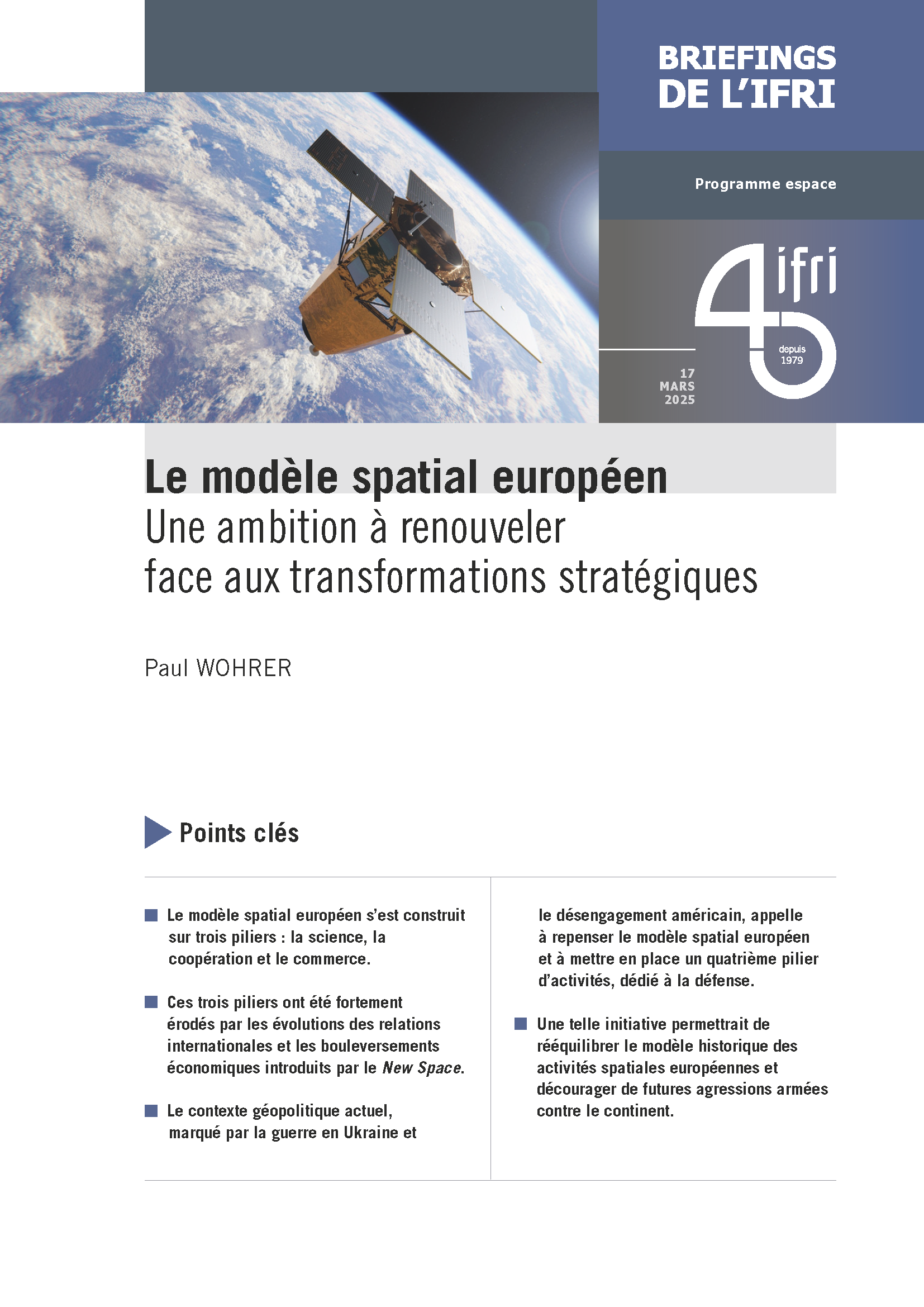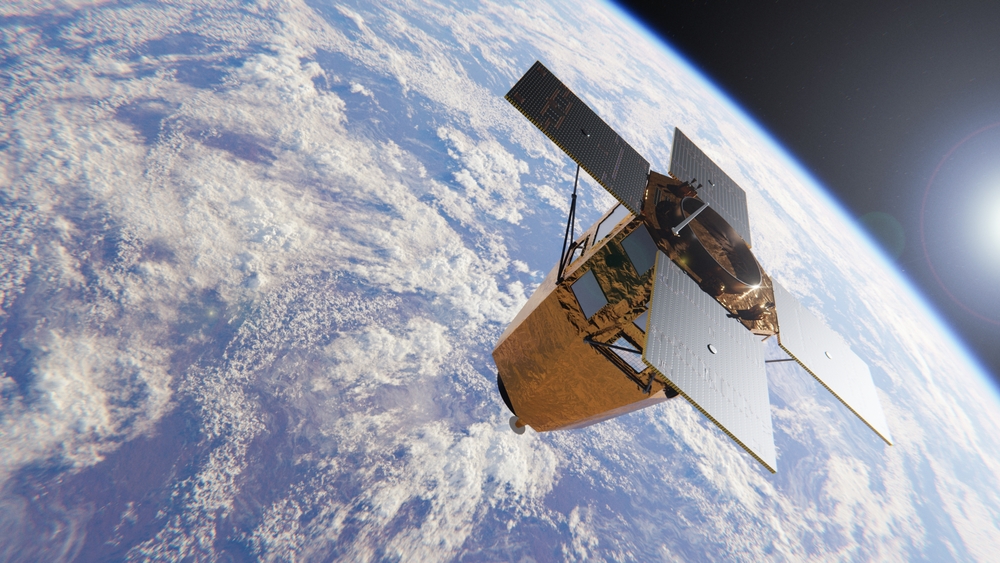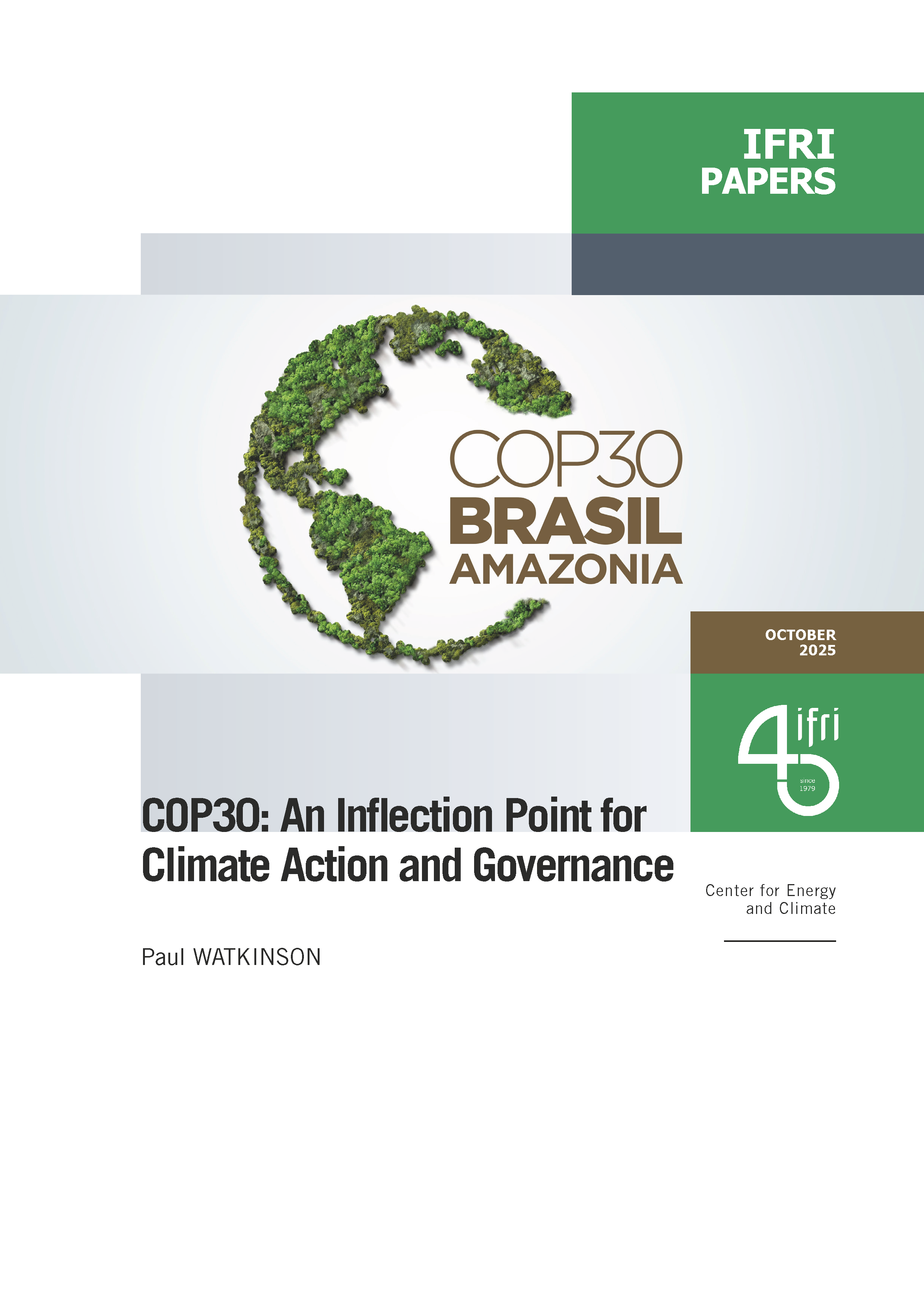The European Space Model: Renewing Ambition in a Changing Strategic Landscape

The European space model, based on science, cooperation and trade, is now being undermined by changes in international relations and the economic upheavals brought about by New Space. In light of the war in Ukraine and American disengagement, Europe needs to rethink its strategy by adding a fourth pillar dedicated to defense, in order to strengthen its sovereignty and deter possible aggression against the continent.

In a time of geostrategic upheaval, Ariane 6’s first operational launch of a military satellite provided some relief for the European space program whose model has faced serious challenges in recent years.
A “space model” may refer to the set of principles, strategies, institutional and industrial structures that guide the development of space activities. It embodies a specific approach, shaped by political, economic and scientific history, as well as the ambitions of states and supranational institutions in a constantly changing international context. The strategies underpinning the European space model are thus very different from other space powers like the United States (US) or Russia.
This unique model has proven its worth over its sixty years of existence, establishing a space policy geared towards civilian development and founded on three main pillars: science, cooperation and trade. European advances in space have turned the continent into one of the world’s leading space powers, with a dynamic and innovative sector.
However, recent events have weakened these three pillars. International developments have called into question long-standing cooperation efforts. In the commercial sector, the emergence of New Space has severely affected the European industry, causing a deep crisis that is still unfolding. Science is also suffering from these developments, as well as from weakening multilateralism on climate issues.
In the wake of the brutal decisions taken by the Trump administration regarding support for Ukraine, Europe needs to consider whether a fourth pillar, dedicated to the defense of the continent, should be established. Such an initiative would help to address the existential emergency caused by US disengagement in the face of Russian aggression and, in the longer term, to guard against over-dependence on an unpredictable partner. This endeavor would serve to stabilize the European space model and strengthen its historical foundations.

Available in:
Themes and regions
ISBN / ISSN
Share
Download the full analysis
This page contains only a summary of our work. If you would like to have access to all the information from our research on the subject, you can download the full version in PDF format.
The European Space Model: Renewing Ambition in a Changing Strategic Landscape
Related centers and programs
Discover our other research centers and programsFind out more
Discover all our analysesThe Sustainability of Space Operations: An Opportunity for European Leadership?
As space becomes a key arena for power projection strategies, while facing growth and diversification of orbital activities, the concept of “space sustainability” is emerging as a new framework of analysis for space governance.
Sat-to-Cell: Towards Universal Connectivity?
Sat-to-Cell is a new type of service that connects smartphones directly to satellites. It has recently enabled innovative applications such as emergency text messaging via satellite. The technology is developing rapidly, and many questions are now being raised about its potential impact.
NATO's New Ambitions for Space
Ahead of Russia's invasion of Ukraine, a devastating cyber attack targets Ukrainian army communications, exposing Western dependence and vulnerability to space technologies, and calling NATO's defensive posture into question.
China in International Space Cooperation: Heading South
In only three decades, China has become one of the world’s top space powers. At the turn of the 2020s, almost suddenly, China became the main challenger to the US, although with a significant remaining gap to bridge.












